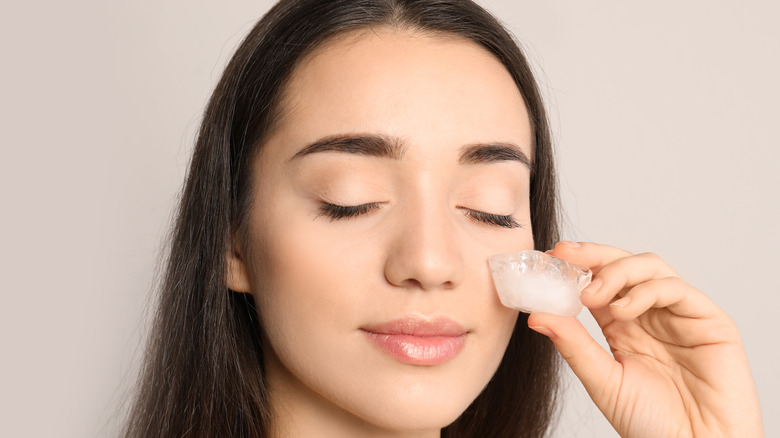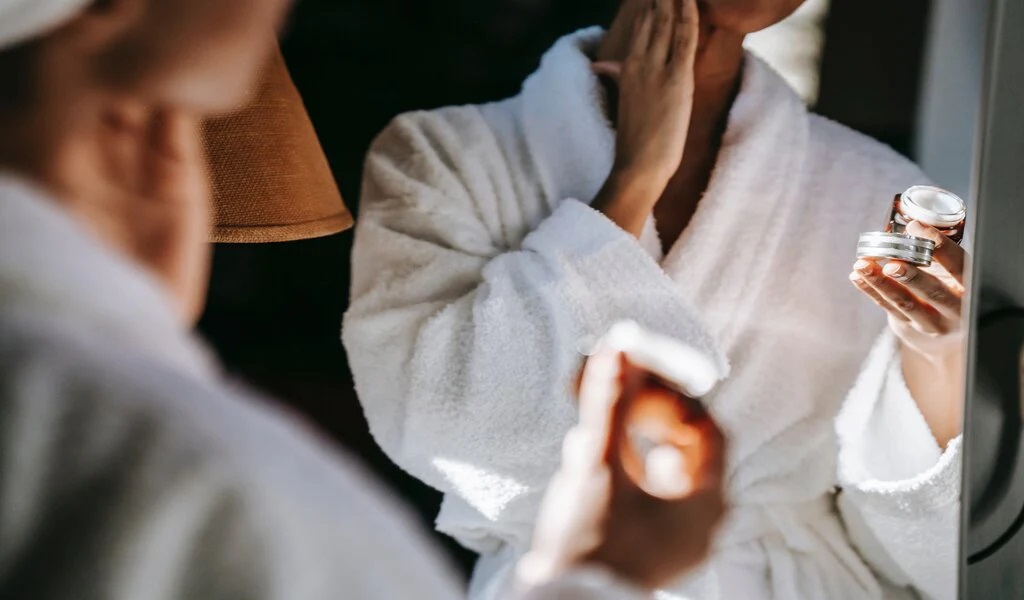Coffee beans and tea leaves are the main dietary sources of caffeine, which is the most extensively used stimulant in the world. In addition, it is present in several medicines, dietary supplements, soft drinks, chocolate, and energy drinks.

Some people report being sensitive to caffeine, while others state that they can drink a strong black coffee after dinner and sleep soundly for eight hours. This may be partially explained by the way in which caffeine is metabolized and eliminated from the body, which depends on a variety of factors including gender, hormones, liver function, heredity, smoking, nutritional consumption, and other aspects of one’s lifestyle.
Let’s examine why some people react differently to caffeine than others and why some people don’t react at all.
Liver overload
The liver is involved in the metabolism of caffeine. Don’t be scared off by the huge, complicated term; the primary enzyme in charge of this procedure is Cytochrome P450 1A2 (CYP1A2). Despite its fancy titles, caffeine is a chemical that must be detoxified by the liver in order to be safely excreted from the body. Detoxification is a transformation process where the liver takes something that, if it built up inside of you, would be toxic to you, and changes it into a less hazardous version in order to prepare for removal. There are two stages of detoxification in the liver and one in the intestines.
Think of caffeine as an item that, just like other things the liver has to manage, shows up at its doorstep and needs to be broken down to understand what occurs (alcohol, compounds made inside you such as hormones, triglycerides, and microbial metabolites, trans fats, refined carbohydrates, and synthetic substances). Picture the liver as having highways going through it: there are streets that drugs like coffee can take to enter the liver, which is phase 1 detoxification, and there are avenues out of the liver, which are the ways for phase 2 detoxification. Caffeine can speed up Phase 1 of liver detoxification, which might seem like a great idea. However, for many people, Phase 2 is either so overworked that it can’t keep up or just ineffective. As a result, the substances moving through the Phase 2 pathway can move slowly, similar to traffic during rush hour. And with the caffeine, Phase 1 has been kicked into overdrive.
Therefore, if the phase 2 roads are congested with traffic, the end products of fast phase 1 have nowhere to go because they need to be immediately taken in by the phase 2 pathways to continue on their detoxification journey and are known as “intermediate metabolites” that are produced by fast phase 1. The fact that these intermediate metabolites are only partially detoxified, highly reactive, and capable of harming your tissues can have a significant impact on your health and your body’s capacity to fend off diseases.

Genetics
Our genetic make-up also has an impact on how our bodies function, including how they handle caffeine. The rate at which your body generates the enzyme CYP1A2 appears to be influenced by genetic variants that affect its activity, which can either speed up or slow down how quickly caffeine is metabolized. Given the genetic diversity, it is possible that different people will react differently to the same amount of caffeine, depending on their specific genetic profiles.
This is a terrific illustration of why it’s crucial to listen to your body and fully comprehend how the foods and beverages you consume affect your personal health.
Your adrenal glands require a break.
Too many individuals in the Western world today habitually consume too much caffeine, feel pressured about their jobs, finances, relationships, or bodies, believe that all of their duties are urgent and that there aren’t enough hours in the day, and believe that nothing they accomplish is ever enough.
Many people have gotten so used to this way of life that they are no longer even aware of how stressed they are. Most people who experience anxiety are unaware that caffeine use causes them to produce the hormone that fuels their nervous sensations, despite the fact that anxiety is a common occurrence. Caffeine needs to be the first thing you give up if you feel this way.
Bowel health
Do you depend on your morning brew of coffee to “keep your bowels regular”? The muscle contraction that enables faeces to pass through the digestive system is known as gut motility, and caffeine boosts it. Some people only experience regular bowel movements as a result of this, but others experience increased urgency to empty their bowels and/or more loose stools in general. However, relying on caffeine to induce bowel motions can cause a variety of digestive system problems as well as nutritional deficits. Numerous minerals, such as zinc, magnesium, and calcium, are inhibited by caffeine. Tannins, which prevent iron from absorbing, are also present in coffee and tea.
Caffeine may not be good for your health if you have the following symptoms:
- You experience a rise in heart rate after taking it
- You often experience anxiety or suffer from worry
- Jittery hands
- Brain fog
- Muscle tension
- Magnesium or zinc deficit
- Digestive disturbances or loose stools
- Headaches
Caffeine can have a negative impact on some people’s health, energy, sleep, nutrition, hormone balance, and gastrointestinal function. Yes, there is none. Others would benefit from cutting back on caffeine if their health indicators improved. Instead of a double shot two to three times a day, this can look like drinking one shot of coffee three days a week and staying away from eating. A daily cup of coffee is plenty for some folks. It’s also possible that while coffee causes uncomfortable sensations, tea does not. Make decisions that support YOUR unique health needs by becoming aware of how caffeine, no matter where it comes from, makes you feel.

























